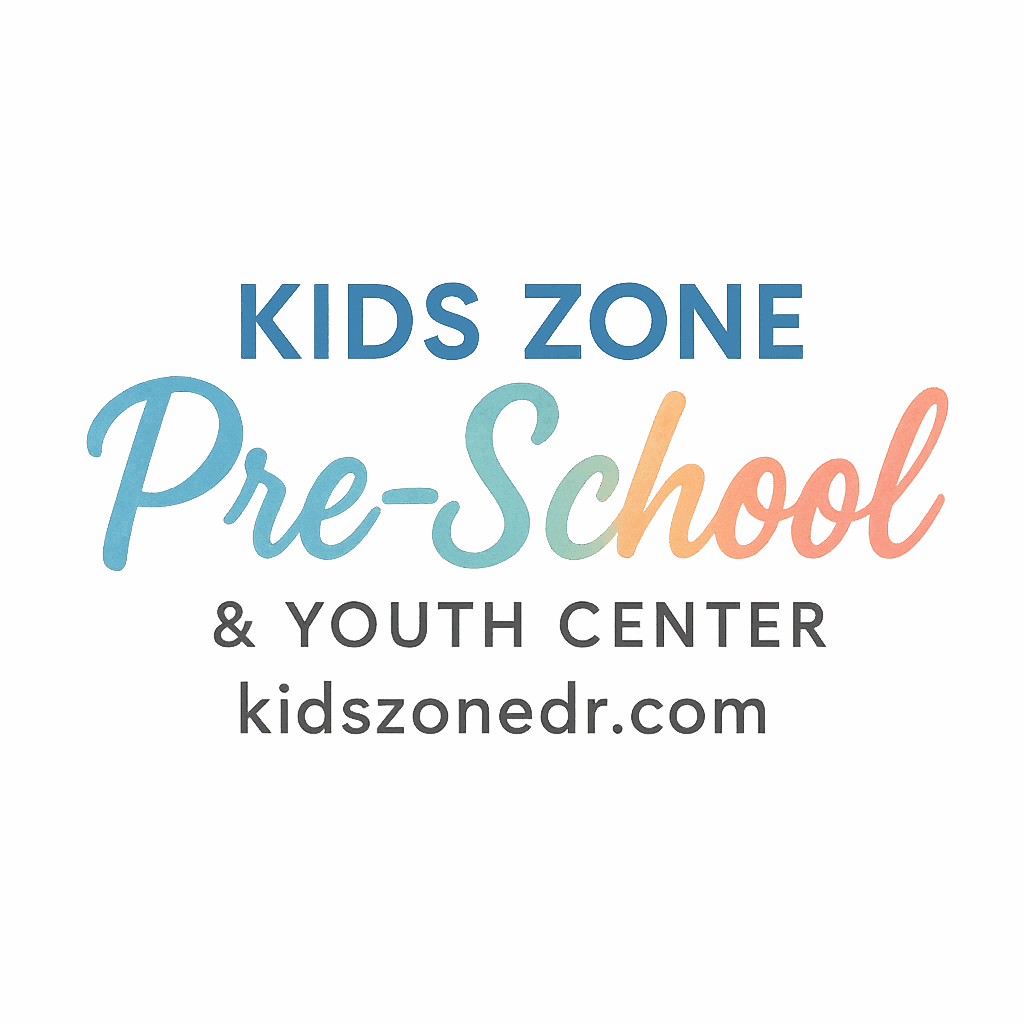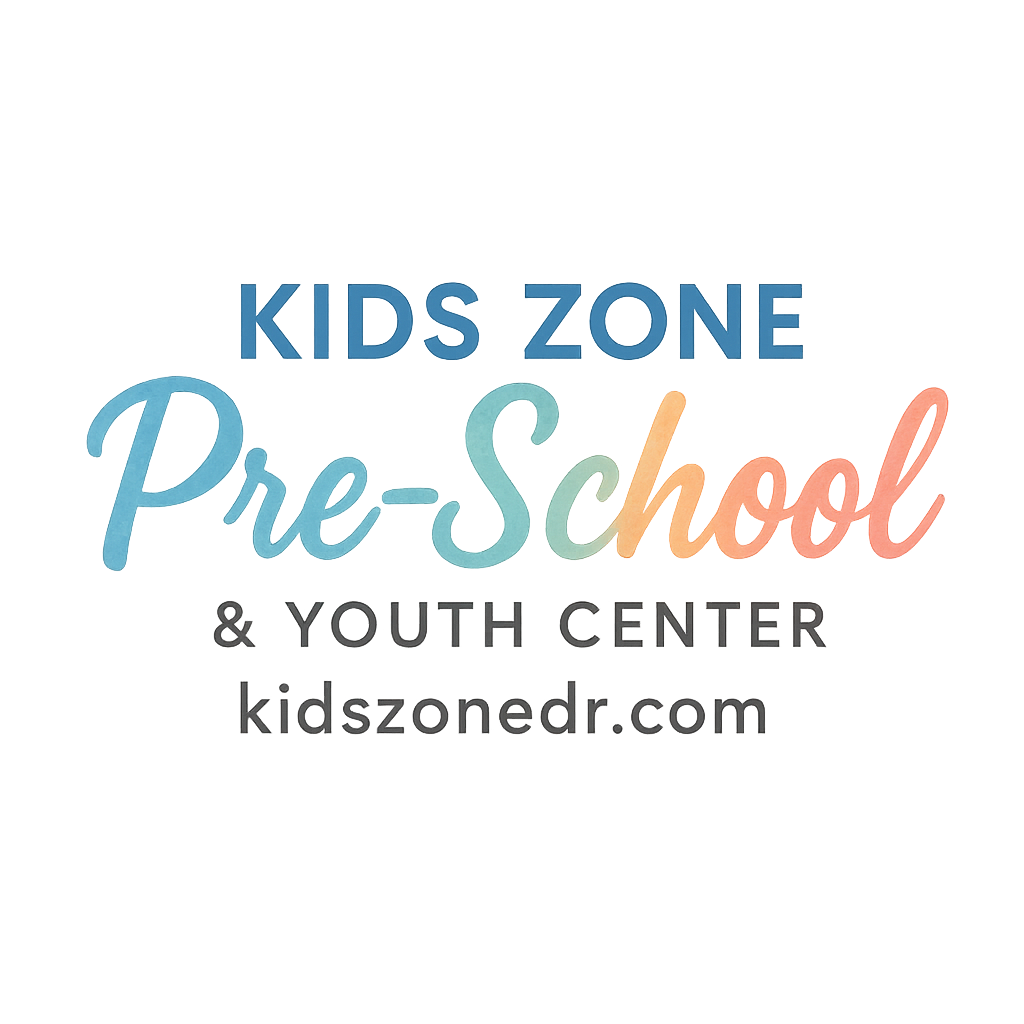Introduction
Preschool mornings are full of excitement and energy, but they can also be a little chaotic as children adjust to the routine of the day. One of the most cherished parts of the preschool day is Circle Time—a time for children to gather, interact, and engage in activities that help set the tone for the day.
Circle Time isn’t just a fun tradition; it plays an essential role in child development. Through engaging activities, preschoolers improve their social skills, communication abilities, and understanding of the world around them. It provides a safe space for children to express themselves while building a sense of routine and community.
If you’re looking for ways to make Circle Time even more fun and engaging, here are six activities that are guaranteed to make preschool mornings something the children look forward to!
What is Circle Time?
Circle Time refers to a designated period during the day when children gather in a circle to participate in various activities. It’s a special time for teachers and students to interact closely. These activities usually consist of songs, games, discussions, and learning exercises.
The benefits of Circle Time extend far beyond the fun activities. It helps build social skills as children learn to take turns, express themselves, and listen to others. It also enhances emotional development, as children feel heard and valued in a group setting. And, of course, it’s an ideal opportunity for language development, as children are encouraged to speak, listen, and communicate effectively.
For more insights into the benefits of preschool routines, check out our post on Daily Routines & Activities.
How to Set Up a Fun Circle Time
Before diving into the activities, it’s important to set up the perfect environment for Circle Time. This is a time for children to focus and enjoy being together, so ensuring that the space is comfortable, organized, and inviting is key.
- Choosing the Right Space: Pick a spacious area where all children can sit comfortably in a circle. It should be quiet and free from distractions. Whether indoors or outdoors, make sure there’s enough room for children to move around if necessary.
- Gathering Materials and Supplies: Circle Time activities often require specific materials such as toys, charts, storybooks, or musical instruments. Ensure you have everything you need before starting, and keep it organized to avoid wasting time looking for items.
If you’re considering starting a preschool, make sure to read our guide to Choosing the Right Preschool.
Circle Time Activity #1: Welcome Songs
Starting the day with a Welcome Song is a fantastic way to get children excited and engaged. Singing together not only sets a positive tone for the day but also helps children connect to one another. It’s a simple yet powerful way to start the day with smiles.
Why Welcome Songs Are Essential:
- They help children feel included and recognized.
- Singing promotes language development.
- Music helps children regulate their emotions and focus.
Examples of Fun Welcome Songs:
- “Hello, Hello! Can You Touch Your Nose?”
- “If You’re Happy and You Know It”
- “The More We Get Together”
Benefits of Singing Together:
- Increases vocabulary and comprehension.
- Strengthens memory and recall.
- Builds a sense of unity within the group.
For more ideas to keep your preschoolers engaged, check out our post on Preschool Learning & Development.
Circle Time Activity #2: Weather Chart
A Weather Chart is a simple yet educational tool to help preschoolers learn about their environment. Children love discussing the weather, and it’s a great way to incorporate learning into Circle Time.
Teaching Kids About the Weather:
- Discuss different types of weather (sunny, rainy, cloudy, etc.).
- Introduce basic meteorological concepts (temperature, clouds, rain).
How to Make a Weather Chart:
- Create a chart with symbols for different weather conditions.
- Allow children to take turns choosing the weather for the day and explaining it to the group.
Incorporating the Weather into Daily Activities:
- Use the weather as a starting point for other activities.
- Connect the weather discussion to other learning moments, such as how weather affects clothing choices or daily routines.
Explore how to create a healthy environment in preschool by checking out our Health & Safety in Preschool.
Circle Time Activity #3: Name Games
Name Games are an excellent way to help children become familiar with their classmates’ names and develop their memory and social skills. These games encourage turn-taking, listening, and engagement, making them perfect for Circle Time.
Why Name Recognition is Important:
- Helps children feel valued and recognized.
- Encourages children to learn to address others politely.
- Develops memory and listening skills.
Fun and Interactive Name Games:
- Name Song: Sing a song that includes each child’s name.
- Name Ball Toss: Roll a ball to a child and say their name. The child then tosses it to another child while saying their name.
Developing Social Skills Through Name Games:
- Builds empathy and respect for others.
- Helps shy children feel more comfortable.
- Promotes turn-taking and social interaction.
For additional resources on improving your preschool’s environment, check out our Parental Guidance & Involvement.

Circle Time Activity #4: Storytelling and Puppet Shows
Storytelling is one of the most beloved activities during Circle Time. It taps into children’s imagination, helps develop language skills, and encourages emotional development.
The Power of Storytelling in Preschool:
- Enhances vocabulary and comprehension.
- Encourages empathy by allowing children to relate to characters.
- Stimulates creativity and imagination.
How Puppet Shows Boost Creativity:
- Puppets allow children to act out stories, adding an element of fun and interaction.
- Puppet shows encourage creative expression and problem-solving.
Tips for Effective Storytelling:
- Use expressive voices and facial expressions.
- Engage children by asking questions about the story.
- Keep the story simple and relatable.
If you’re interested in adding more creativity to your preschool routine, explore more on Classroom Features and Routines.
Circle Time Activity #5: Movement Games
Movement games are crucial for preschoolers to expend some of their boundless energy while still learning and having fun. Physical activity in the morning helps children focus better during other activities.
Physical Benefits of Movement Games:
- Develops motor skills and coordination.
- Helps improve attention and focus.
- Encourages physical fitness from a young age.
Types of Movement Games to Try:
- Animal Walks: Have children walk like different animals (e.g., hopping like a frog or waddling like a duck).
- Freeze Dance: Play music and let the children dance. When the music stops, they freeze.
How Movement Affects Learning and Focus:
- Physical activity has been shown to improve brain function and concentration.
- Movement helps children release pent-up energy, allowing them to focus better afterward.
Check out our post on Daily Schedule for Preschoolers for more tips on structuring the day.
Circle Time Activity #6: Show and Tell
Show and Tell is a classic Circle Time activity that allows children to share something meaningful to them. It helps develop public speaking skills, boosts confidence, and fosters a sense of community.
How Show and Tell Helps Develop Confidence:
- Encourages children to speak in front of others.
- Builds self-esteem as children feel proud of what they share.
Setting Up a Simple Show and Tell Session:
- Allow each child to bring in one item to share with the class.
- Encourage children to speak clearly and answer questions from peers.
Teaching Children the Value of Sharing:
- Promotes social skills by teaching children to be attentive and respectful while others are speaking.
- Helps children learn about different interests and cultures.
If you want to dive deeper into social development for children, check out our article on Building Confidence in Preschoolers.
How to Keep Circle Time Engaging
Keeping children engaged during Circle Time can be challenging, but it’s all about making the activities fun and interactive. Here are some tips to keep kids interested:
- Maintaining Children’s Attention: Use visual aids, incorporate music, and change up activities to maintain their interest.
- Encouraging Participation: Invite children to contribute and share their ideas. Give them small tasks or roles within the activities.
- Tips for a Smooth Circle Time Routine: Establish a consistent routine so children know what to expect. Keep the session brief and engaging, and be ready to adjust based on the children’s mood and energy levels.
For more tips on organizing activities, visit our article on Preschool Learning & Development.
Conclusion
Making preschool mornings fun doesn’t have to be complicated. By incorporating activities like Welcome Songs, Name Games, Storytelling, and Movement Games, you can create a dynamic and engaging Circle Time that helps children learn and grow. These activities not only keep children excited about coming to school but also lay the foundation for social, emotional, and intellectual development.
So, the next time you’re preparing for Circle Time, remember that the key is to make it fun, interactive, and full of opportunities for learning. Start your day with a smile, and your preschoolers will follow suit!
For additional resources on making your preschool mornings even more enjoyable, check out Healthy Eating & Wellness Tips and Parenting Advice.
FAQs
- What is the best time for Circle Time in preschool?
- Circle Time should ideally be held in the morning, as it helps set the tone for the day.
- How can I make Circle Time more interactive?
- Include activities where children can actively participate, like name games, movement activities, and storytelling.
- Are Circle Time activities suitable for all age groups in preschool?
- Yes, but you may need to adjust the complexity of the activities based on the children’s age.
- How long should Circle Time last?
- Circle Time should last 15 to 30 minutes, depending on the children’s attention span.
- Can Circle Time be used to teach preschoolers important life skills?
- Absolutely! Circle Time is a great opportunity to teach social skills, communication, empathy, and other life skills.
- What are some other Circle Time activity ideas?
- Other ideas include using sensory bins, practicing mindfulness, and doing art projects together.
- How can I get children excited about Circle Time?
- Keep activities fresh and exciting, and always make sure to include something they can look forward to, like a fun game or song.


